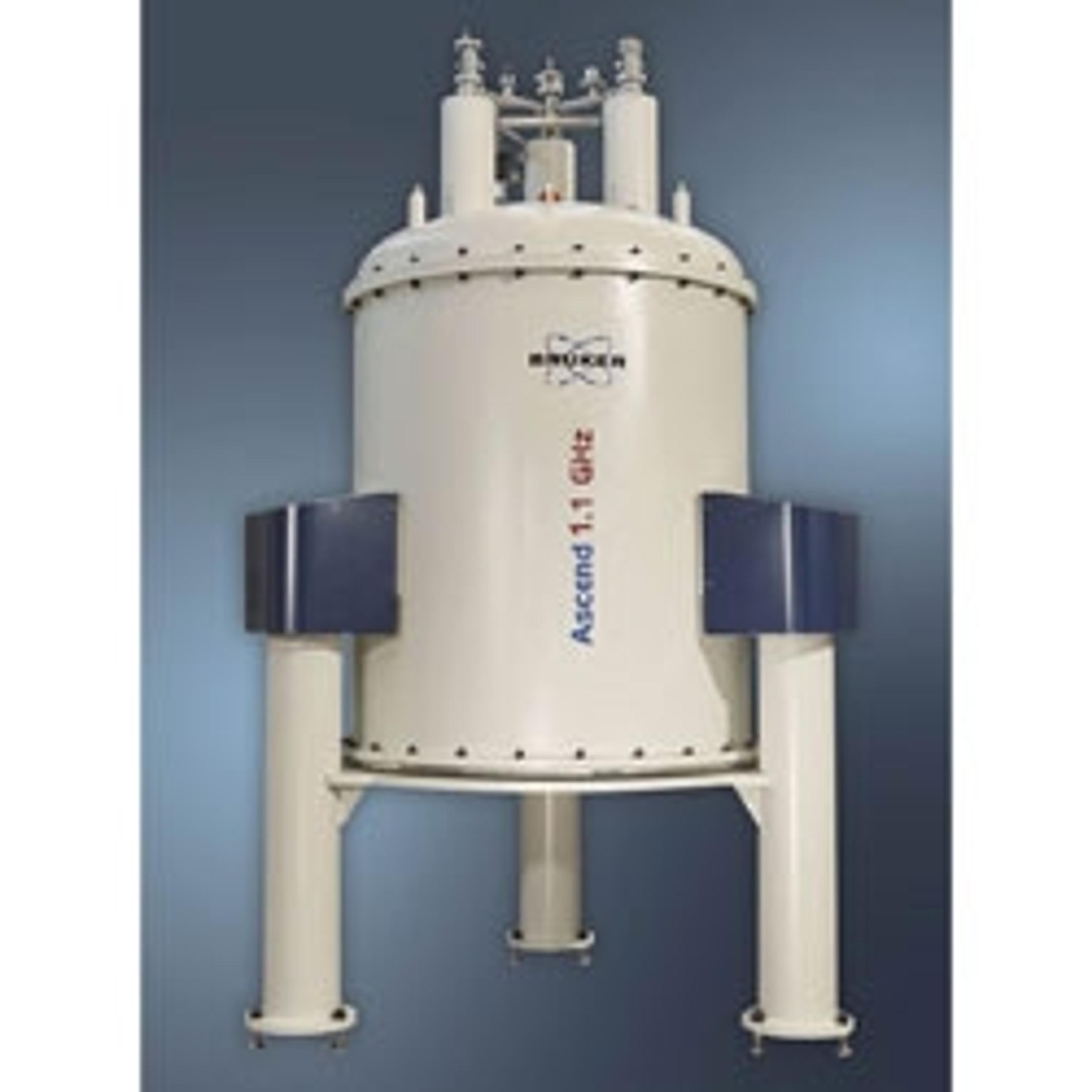How NMR spectroscopy is elucidating the structure of HIV
Dr. Tatyana Polenova, from the University of Delaware, discusses advances made in HIV research thanks to nuclear magnetic resonance spectroscopy and shares her hopes for the future
18 Dec 2019
In an interview with The Scientists’ Channel, Dr. Tatyana Polenova, Professor of Chemistry and Biochemistry at the University of Delaware, discusses the use of solid-state NMR spectroscopy in her work looking at the molecular structure of viruses with atomic resolution.
Polenova explains how her work is providing fundamental insights into the structure of HIV, pushing forward understanding of the virus, and helping to provide a potential basis for the development of therapeutics and possible cures.
Q: Tell us a bit about your area of research and what you are currently studying?
TP: My lab develops and applies solid-state NMR spectroscopy for use in HIV research. Unlike solution NMR spectroscopy, using solid-state NMR we can look at biological systems at atomic resolution without limitations in terms of the molecular size of the system and we can work with very large assemblies containing multiple proteins and DNA or RNA complexes.
Q: Why is research into HIV so important?
TP: Even though the HIV epidemic arrived in the mid-1980s, there is still no cure against HIV/AIDS. There are approximately 35 million people who are infected with the virus currently and many people around the globe are working diligently to be able to come up with a cure.
In addition to understanding how the HIV virus mechanism works, we're hoping to use this knowledge to provide insights into the mechanisms of other viruses. A viral capsid is essential for assembly as it forms conical types of structures in the virus. These structures protect the viral genome and the small complement for proteins that are required for replication. Understanding this mechanism could help advance understand other virus replication mechanisms.
Q: What techniques are you currently using for HIV research?
TP: We use NMR spectroscopy to look with atomic resolution at both how the capsid is organized architecturally and how the capsid interacts with various important players in the cell, such as host factors, as well as small molecules used as capsid inhibitors, which have therapeutic potential.
My team and I rely on sophisticated multidimensional NMR experiments, which we develop in our lab, as well as using other previously validated methods from other groups. This work has become possible in the past decade due to the technological advances in hardware and experimental approaches.
Q: What are the hot topics in biological imaging?
TP: People are talking a lot about a ‘resolution revolution’ in cryo-electron microscopy (cryo-EM). This ‘resolution revolution’ has to do with technological advances in high-frequency magic-angle spinning probes. Solid-state NMR is enabling tremendous advances in looking at systems that are important biomedically — looking atom by atom at very large (megadalton) types of assemblies.
The newest instrumentation, such as dynamic nuclear polarization instruments, as well as the new cryogenic biosolids probe, enable large sensitivity enhancements for working with very complex biological systems.
Q: What do you think the future holds for HIV research?
TP: The prospects for HIV research are broad. In addition to people wanting to develop a cure against the virus, structural biologists are still interested in open, unanswered questions, such as trafficking of the virus to the nucleus in the host cells. We’re interested in looking at the full virus without purifying the individual components and making recombinant assemblies.
I can't wait for the new generation of magnetic resonance technologies to come online. Ultra-high magnetic fields and ultra-high magic-angle spinning coupled with cryogenic probes will enable looking at these viral assemblies.
We don't know what the future will bring us in five years, 10 years, but what we know is that the constant developments in technologies enable not only new applications but also new ways for us to answer fundamental questions.
Discover more of the latest NMR videos on The Scientists' Channel>>
Want more of the latest science news straight to your inbox? Become a SelectScience member for free today>>

